19 December 2024
If you think back to your childhood, you might remember spending hours with a favorite toy, turning simple objects into entire worlds. Whether it was a stack of colorful blocks, a box of crayons, or an action figure, toys weren't just time-fillers—they were tools for unlocking your creativity.
As parents, it's easy to see toys simply as a way to keep kids busy, but in reality, they play a crucial role in creative development. And yes, it's true! Toys are much more than just distractions—they are mini-masterpieces in themselves, contributing significantly to your child's cognitive and emotional growth.
But how exactly do toys help foster creativity? Let's dive in. Spoiler alert: it's not all about the latest gadgets; sometimes, the simplest toys can make the most profound difference.
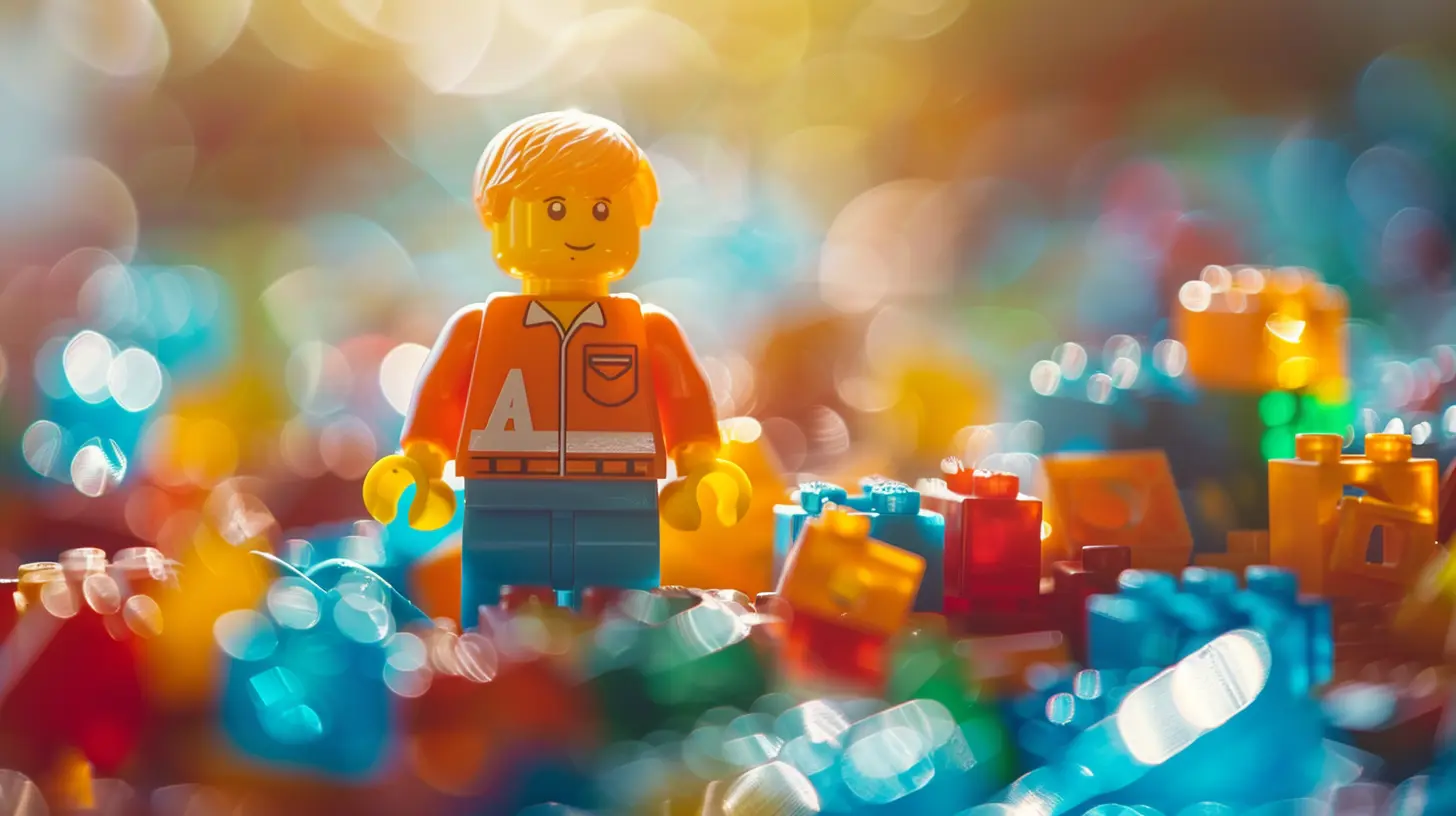
The Creative Power of Play: More Than Just Fun
The idea that children "learn through play" might sound cliché, but it's actually backed by tons of research. Play is not just mindless fun; it's active brain work. From toddlers, who are just exploring their surroundings, to older kids who are beginning to problem-solve, toys give them an opportunity to engage their imagination and think critically.Boosting Imagination
Think about a child with a plain dollhouse or a set of action figures. Without scripted rules, they are free to craft their own stories. Barbie might become a doctor saving the world or an explorer traveling to alien planets. For boys and girls alike, these scenarios aren't just in their heads—they're part of an essential growth process that helps them visualize things beyond the tangible world.Imagination, inspired by toys, helps children understand perspectives, possibilities, and consequences. They simulate the world around them while also stretching their mind to think of "what if."
The Example of Building Blocks
Now let’s talk building blocks—a favorite of many kids. A simple set of blocks can quickly transform into a space shuttle or a medieval castle. There's no instruction manual for how these blocks should be stacked—everything happens in the child’s imagination. The open-ended nature of these types of toys means there's no "wrong" way to play with them. And in that freedom? They are learning to make decisions, create structures, and solve problems. Plus, taking them apart and reassembling them provides the perfect way to learn about failure and perseverance.Encouraging Problem-Solving and Critical Thinking
Some toys challenge children to solve puzzles or build structures, requiring logic and strategic thinking. Here’s where toys like puzzles, construction kits, and even board games come into play. These toys push the child to think ahead, plan, and even learn through trial and error. Every time they encounter a new challenge—whether it’s fitting the last oddly-shaped puzzle piece or finding a way to keep their Lego tower from collapsing—they are stretching their brain.It’s like setting up a mini-laboratory in the living room where each toy is a new experiment. Fail once? Try again with a new strategy. It’s these little "Aha!" moments that make all the difference.
STEAM Toys (Science, Technology, Engineering, Art, and Math)
In recent years, STEAM toys have gained popularity for their combined approach to fostering creativity while teaching technical skills. Think of toys like robotics kits or chemistry sets that allow hands-on experimentation. These toys blend play and learning seamlessly, encouraging kids to think critically while also using their imagination.For example, a robotics kit doesn’t just allow kids to follow a set of instructions. Instead, it challenges them to think outside the box, figure out how pieces work together, and even come up with their own custom designs. It’s like giving them a puzzle where they make up the rules, enhancing both their creativity and problem-solving skills.
Emotional Development Through Toy Play
Believe it or not, toys also help with emotional development. When a child pretends to be a caregiver to a doll or uses toy animals to play out scenarios, they are showing empathy, learning to understand feelings, and processing emotions. This kind of imaginative role-play helps children express themselves in a safe environment, discovering how to navigate real-world emotional situations.It’s like giving them the building blocks (no pun intended) for emotional intelligence.
Playing ‘Make-Believe’
Ever see kids play "house" or "store"? In these make-believe games, kids not only mimic adult roles but also test their ability to problem-solve social situations. Toys, whether it’s a cash register or a stuffed animal, become tools that help children navigate the complexities of social behavior. Every time they adjust a game based on a friend’s preference, they’re learning about cooperation, negotiation, and sharing.The Importance of Hands-on Play in a Digital World
In a world where even toddlers can swipe on screens, the value of tangible toys cannot be overstated. While digital toys and apps promise to foster creativity, nothing quite beats the tactile experience of physically holding and manipulating an object. Think about it: when kids use their hands, they are engaging multiple senses, which in turn fosters deeper creativity.Physical toys encourage spatial awareness, motor skills, and sensory development. Whether they’re stacking blocks, squeezing play-dough, or painting a craft, they're honing skills that digital interactions can't replicate. Touch is powerful when it comes to creative exploration.
And let’s face it—what’s more satisfying than hearing the click of Lego blocks snapping together? Or the sensation of squishing modeling clay between your fingers?
The Role of ‘Boredom’ in Creativity
Now here’s a controversial opinion: boredom is good for your child’s creativity. Yup, you heard that right! We often feel compelled to fill every second of our children’s time with an activity or gadget. But when kids experience “boredom,” especially when surrounded by toys without a direct purpose or goal, they are forced to engage their imagination to fill that gap.In fact, some of the most creative breakthroughs in history were born out of boredom—or at least, idle time. You might find that when left to their own devices (and I’m not talking about tablets), your child will invent their own games, build their own worlds, and find new uses for old toys. A teddy bear can become a superhero, and crayons turn into magic wands!
It’s like giving their brain a blank canvas, giving them the ultimate creative freedom to become the author of their own stories.
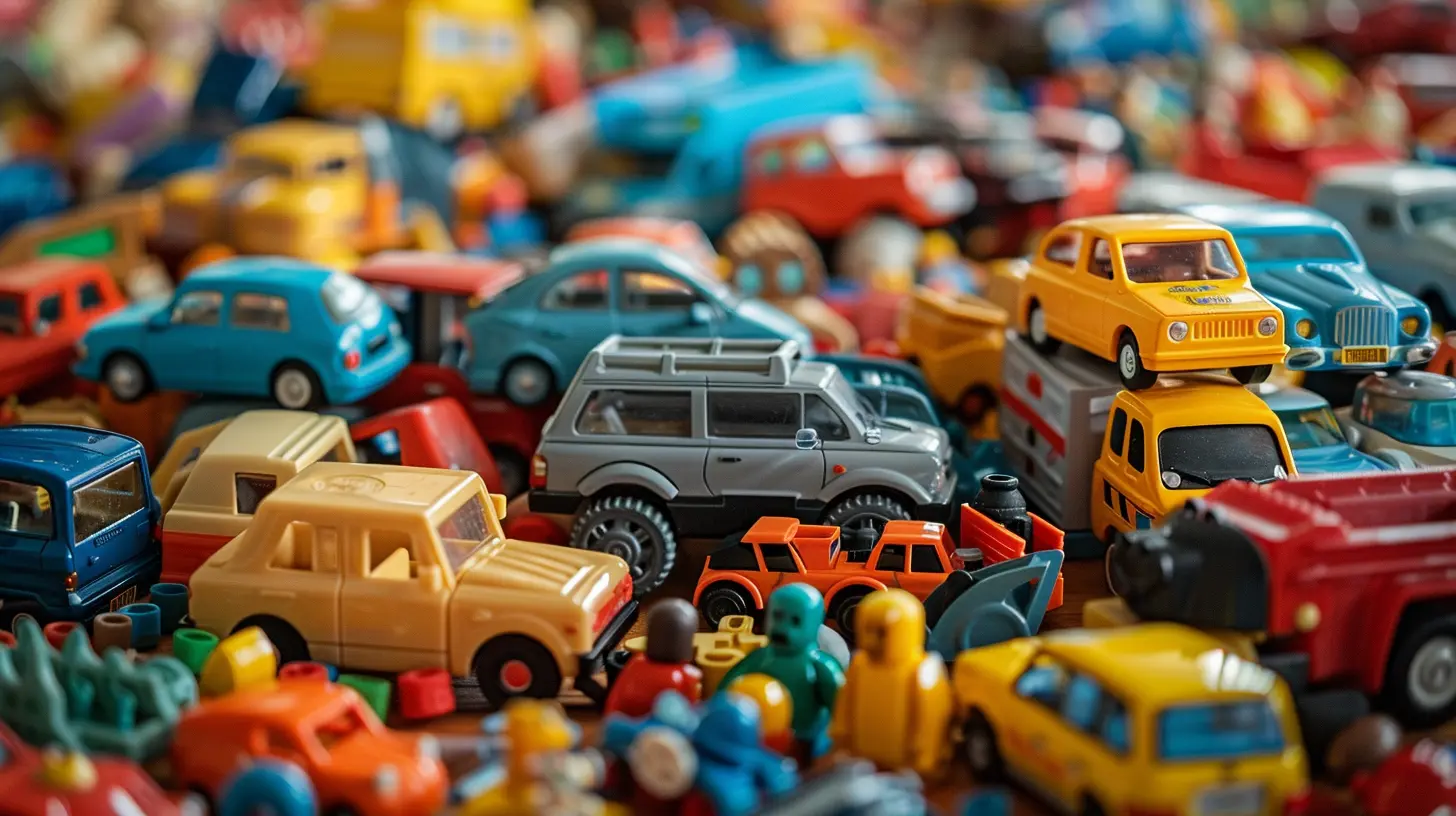
Balancing Educational Toys and Free Play
With the abundance of toys out there, many parents worry about picking the “right” ones. Should we only focus on educational toys? Should we invest in tech-savvy options, or is it okay to stick with the basics?The short answer is balance!
Don’t feel pressured to stock your living room with every fancy gadget marketed as "educational." While certain toys like puzzles, science kits, and art supplies undoubtedly offer educational benefits, unrestricted play with basic, open-ended toys (think stuffed animals, blocks, or even cardboard boxes) is just as crucial. Sometimes, the simpler the toy, the more imaginative the play.
A cardboard box can be anything—a spaceship, a fort, or a race car. And the best part? You didn’t need to spend a fortune.
Tech Toys vs Traditional Toys: Striking a Balance
Tech toys have their place, too, particularly in regards to STEM skills, but they should complement, not replace, traditional toys. The best creative minds of the future will likely be those who know how to balance both high-tech solutions with out-of-the-box, low-tech thinking.It's about giving your child options. Let them learn to use a balance of tech and tactile toys to develop a well-rounded set of creative skills.
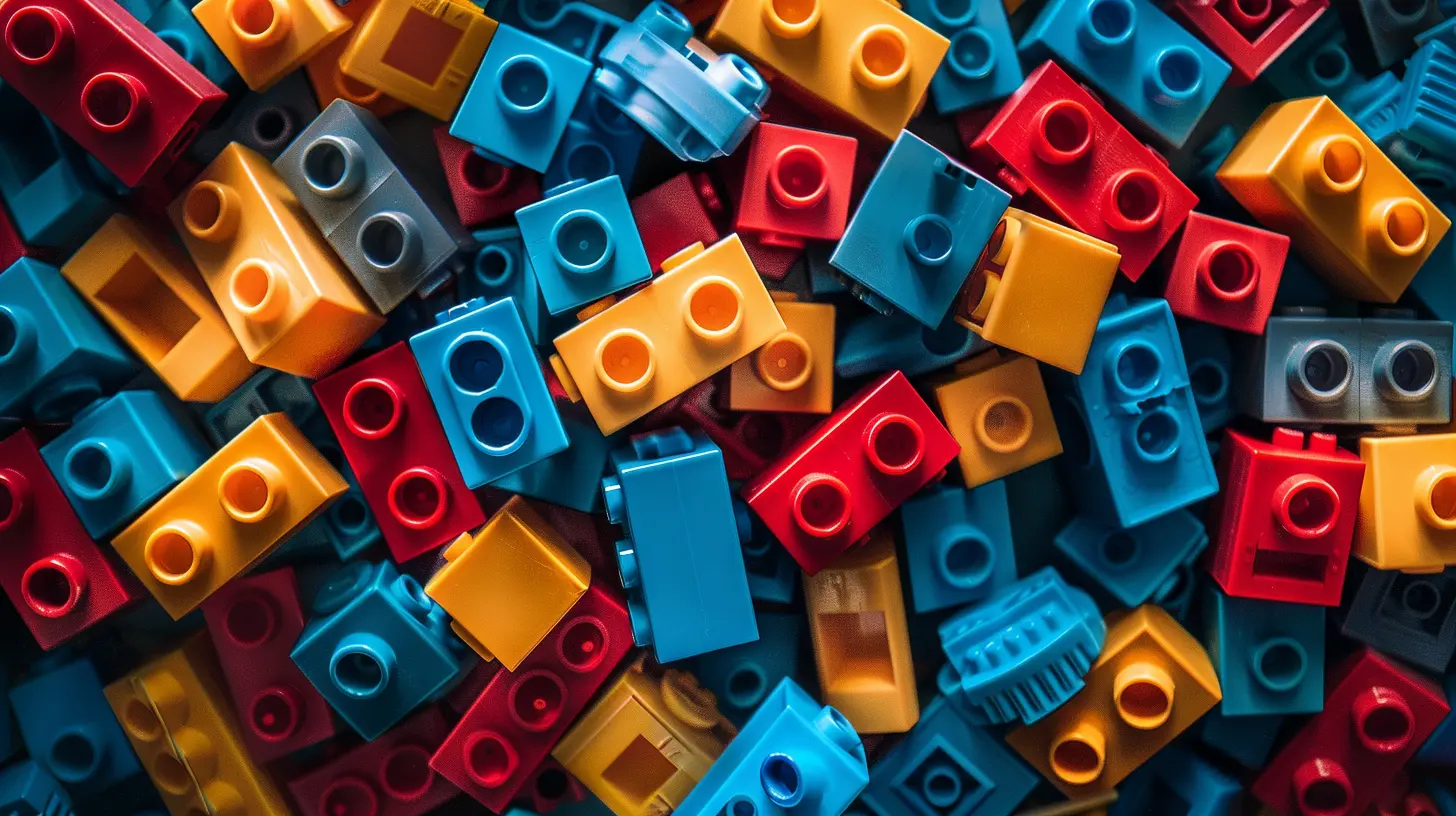
How Parents Can Support Creative Development Through Toys
As parents, our role isn’t just to supply toys, but also to encourage creative play. Here are some ways to nurture creativity at home:1. Provide a variety of toys: Offer different types of toys that cater to various aspects of creativity—building materials, art supplies, role-play toys, etc. Don't limit their play choices.
2. Limit screen time: While educational apps and movies serve a role, make sure there’s plenty of time for hands-on play. Keep a healthy balance for more creative engagement.
3. Encourage free play: Sometimes it's best to stand back and let your child decide how to use their toys—no rules, no instructions, just let them take the lead.
4. Incorporate toys into daily routines: Something as simple as turning bathtime into an adventure with floating toys or using toy vegetables during pretend mealtime can boost creativity.
5. Join in on the fun: Play together! Parents can encourage creativity by joining in on their child’s make-believe games or building projects. It’s a wonderful bonding time and a great way to fuel their imagination.
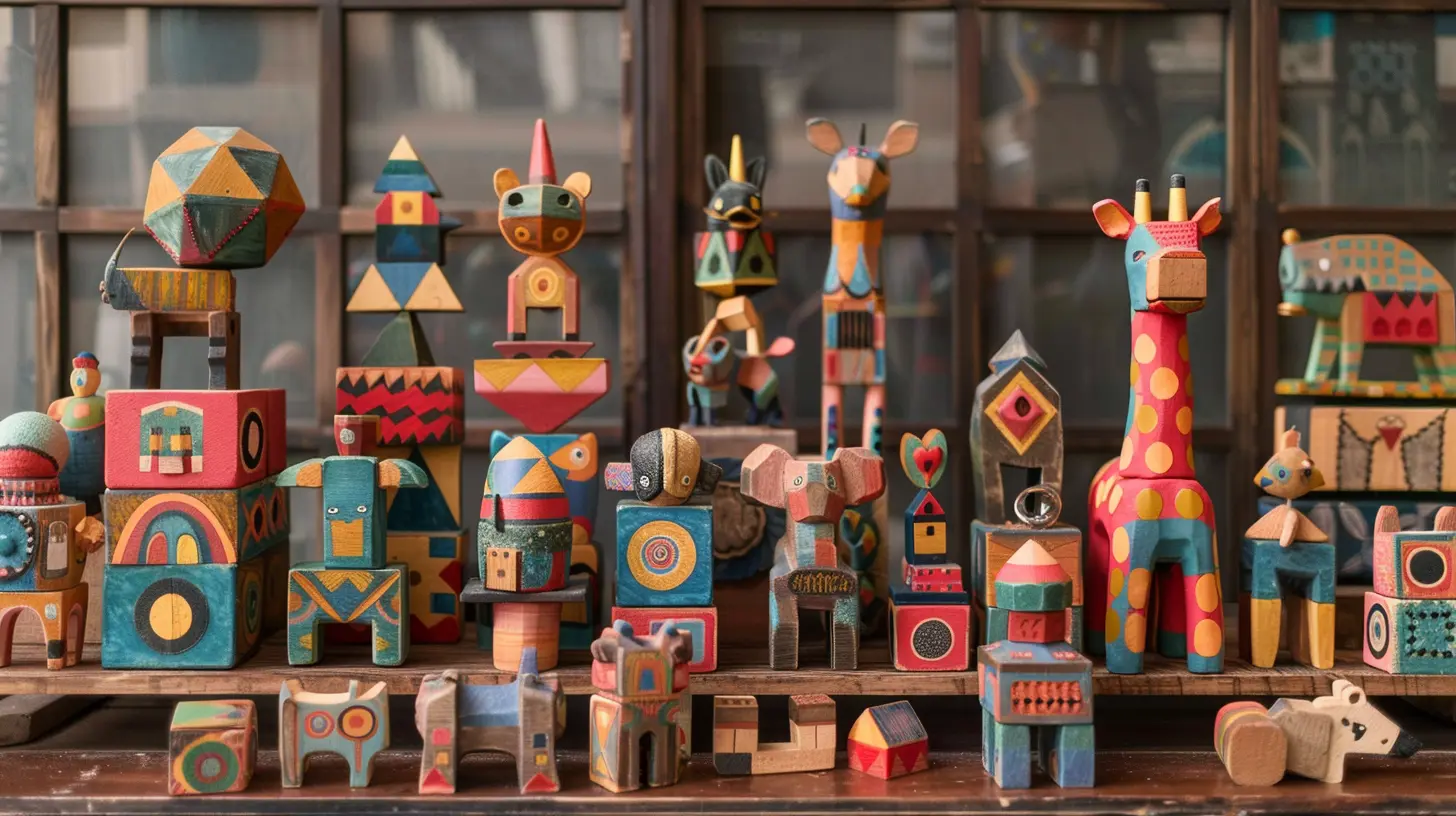
Wrapping Up: Toys as Building Blocks for a Creative Future
So, the next time your child is surrounded by toys, remember: they aren't just having fun—they're building skills, solving problems, and creating entire worlds in their mind. From the basic wooden block to the most advanced robotic kit, every toy can play a vital role in nurturing creativity and development.As parents, giving children the space, tools, and encouragement to let their imaginations soar will help them develop into the innovative thinkers of tomorrow.
Because in the end, you don’t just want them to play—you want them to create masterpieces.


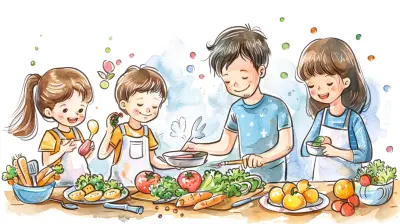
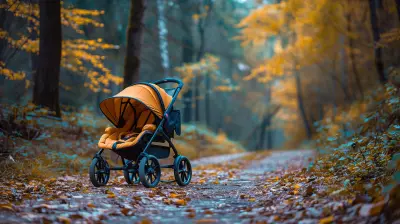
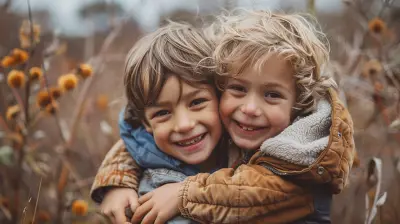
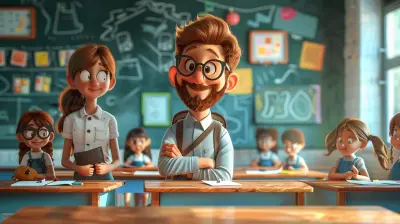
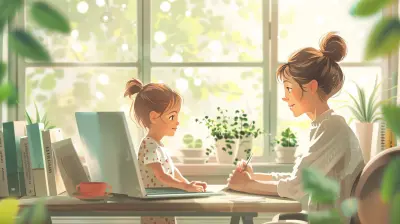


Hannah Baker
Toys truly shape creativity—playtime builds imagination and problem-solving skills!
February 10, 2025 at 6:06 AM